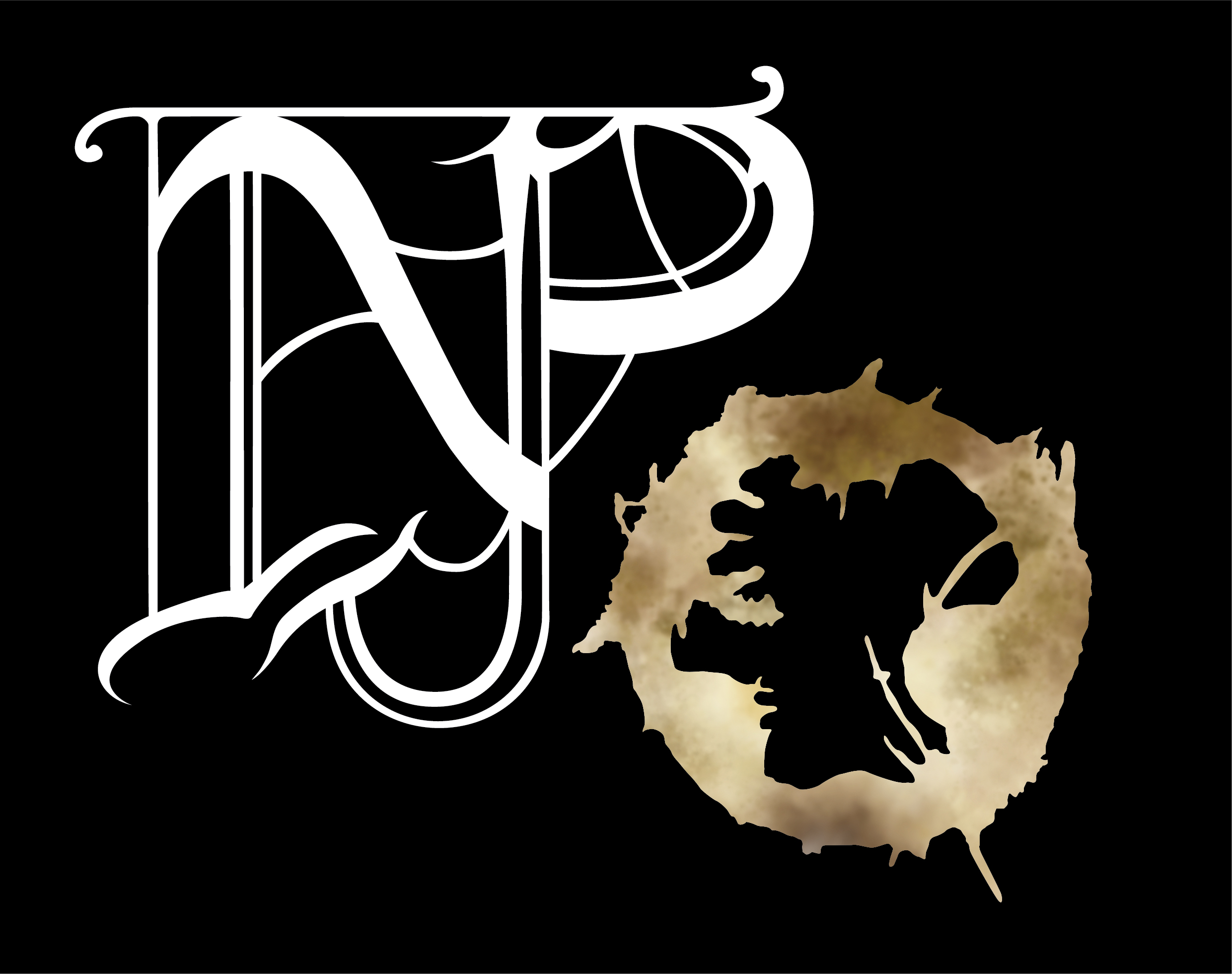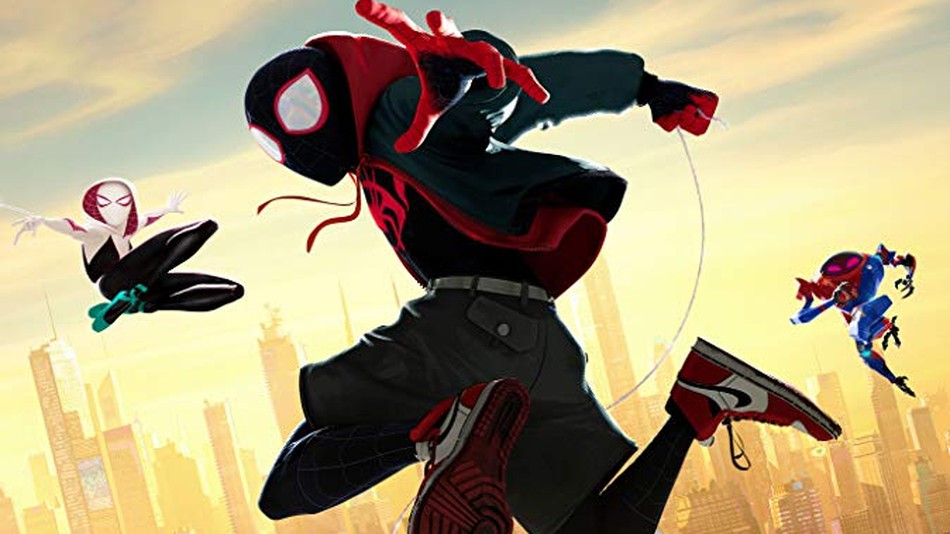Alright, the movie’s been out for a while now and it’s kind of implied by the title, but. . .

That’s right, there are spoilers in this post for the movie it’s discussing.
Excellent. That should be enough waffle to give people the chance to opt out of they like.
So onto the movie!
First of all, I’ve had a decent chance to study this movie. . .kind of. Anyone with kids probably understands the repetition that comes with a favourite movie – we missed Frozen, got caught in Moana, and the Hotel Transylvania trilogy in constantly on repeat. So much of the ‘study’ has been in dribs as drabs, reliant on Mr 7 and Mr 4’s level of concentration.
Still, I’ve really enjoyed seeing not just a good movie, but some fantastic elements of storytelling. It’s not perfect, but it’s easy to see why it’s enjoyed success, and many of the elements of that can be drawn back to the writing.
Also, I’ll be focussing on the start, specifically the expositional introduction. I’ll admit, I’m a big fan of the movie, and a little hyper-analytical. So if I was to look at the whole movie, this would be a much longer essay! Also, exposition tends to be discarded by many writers. In many cases, it should be – but it still has a place. And Into the Spiderverse gives a masterclass in how to use it effectively. So by way of introduction;
Exposition Is Not A Dirty Word

The main reason it’s so maligned is that it is either overdone, or it’s used poorly. But used correctly, it can control pace, inform the reader/viewer, and rapidly build in layers into characters.
Spiderverse opens with exposition. The monologue of ‘My name’s Peter Parker. I was bitten by a radioactive spider, and for ten years. . . etc” might be difficult to pull off on its own. But it gives us three things in that short time; familiarity, diversion, and action.
Familiarity isn’t necessarily needed for Spiderman, but the flashes of familiar scenes from live-action movies cements which Spiderman this is. Which in a movie with plenty of Spiderfolk, is kind of important.
Diversion comes in two elements. First of all, we see Uncle Ben with his power/responsibility line. I don’t know about other people, but I hated this line from the start and it really put me off Spiderman movies for a long time. In Spiderverse, we hear the line fade along with Uncle Ben. Maybe I’m reading too much into it, but I had hope the fading was symbolic of a different theme.
It was. I have rarely been happier while watching an animated film.
What we get instead is a theme presented as an idea, directly contrasted with Peter B. Parker’s similarly expositional introduction.
It’s not a corny line. It’s an idea: what does it take to get continuously get back up.
For Original Peter, it’s simply being Spiderman. For Peter B. Parker, it’s his relationship with Mary Jane – one he ruins through neglect. It’s a set up for the situation in which Miles is rejected by the other Spiderfolk. The question is what will it take for him to keep going – to get back up?
From the end of that monologue, we know this movie isn’t about the weight of responsibility thrust on the shoulders of a poor, diamond-in-the-rough youth. It’s about getting knocked down and getting back up. That thematic notion is achieved through blatant exposition – and it works.
The action is something a little more medium-specific – but it’s still important. The exposition is paired with a montage of action scenes telling the life story of Spiderman. The visual element isn’t always available to writers, but action and exposition can be used just as effectively in writing.
To compare this with writing, consider the following lines;
Davis swayed backwards, his head already swimming from the salty sweat dripping into his eyes. A pit in his stomach grew like a black hole, his resilience unable to escape it. Lead-like arms countered the strike, acting almost on instinct at this point. He’d always been told he was quick, but right now it was like fighting at the bottom of a pool – blurred vision, struggling for breath, and unable to muster any momentum. Pain exploded in the base of his jaw, shooting up into his skull, and Davis knew this was it. This would be the finale, and even as he was aware of his arms moving unbidden into a block, he knew even if by some miracle it was effective, it was only delaying the inevitable. He took one more breath, and embraced the relief and respite that came with the blackness.
Or the action scene!
A left jab. Sway back, counter. Sweat poured into his eyes, blurring his vision. Swinging wildly, pain exploded in his jaw. This was it. He was done. Waiting for the final blow, he instinctively threw his arms up. It didn’t matter – he couldn’t block them all. The world went sideways, and Davis hit the deck.
Alright, so I may have hammed up the first one a little, but in an action scene the reader wants to know what happened now. It’s not the time for flowery, purple prose, and sometimes even the old ‘show don’t tell’ advice isn’t appropriate.
There is a time for a slightly-less-hammed-up version of the first one, but by jamming in all the other elements, a reader is more likely to be invested in the emotional state of Davis. Maybe if this is a critical fight that might work. But in the second version a reader is more likely to be in the action.
In the first readers feel his exhaustion, in the second readers are dodging and falling with him. Both have their place.
Just don’t go overboard like mine.



Leave a comment